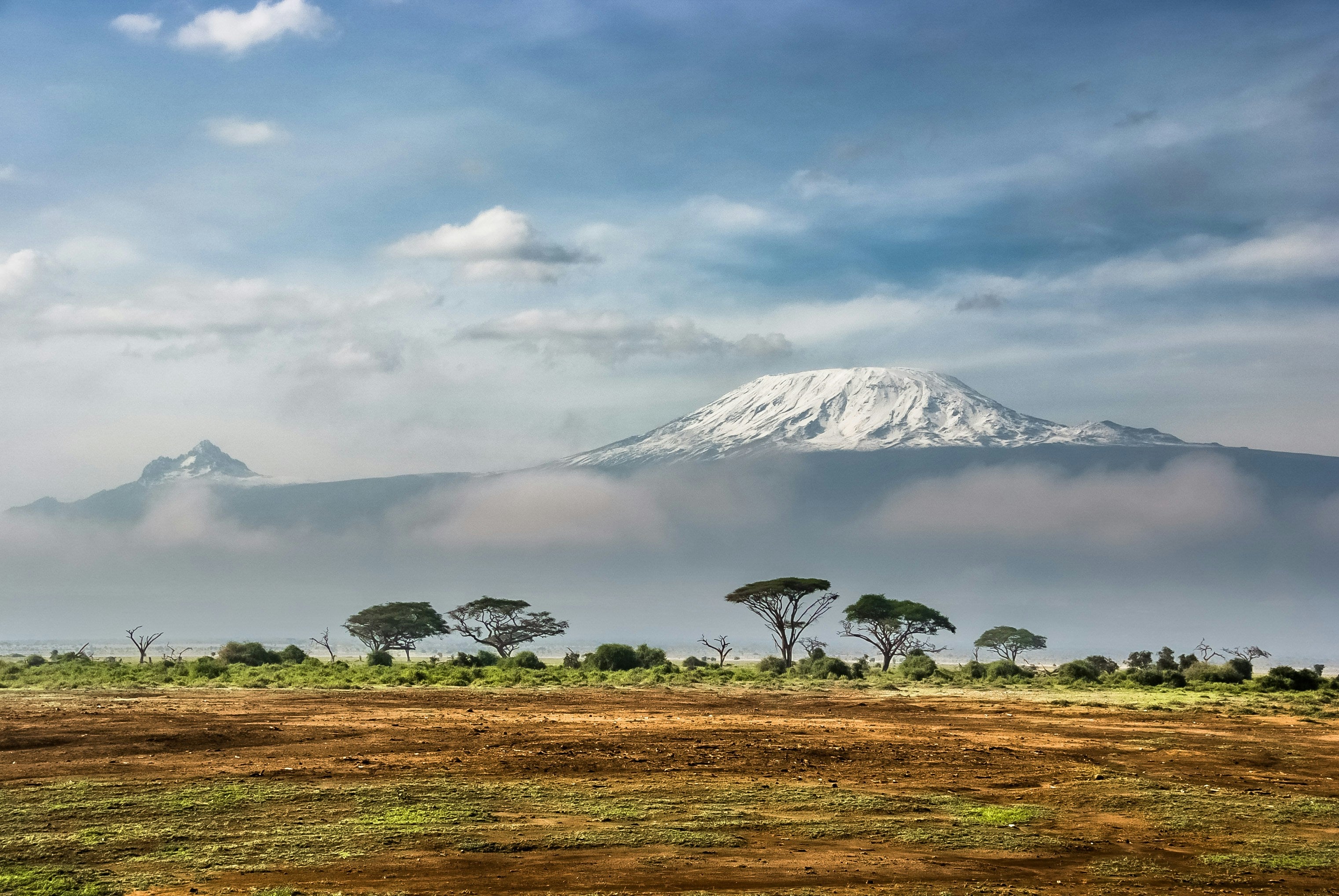
Kenya
Coffee Production in Kenya
1. Historical Background
Coffee was introduced to Kenya in 1893 by French missionaries coming from the island of Réunion. While coffee cultivation began in Kenya during British colonial rule, it was initially under tight European control, with African participation largely restricted. Following independence in 1963, smallholder farmers gained greater access to land and resources, marking a significant shift in the structure of coffee production. The formalization of the Nairobi Coffee Exchange, originally founded in the 1930s, helped institutionalize the country’s auction system—one of the most transparent and quality-driven in the world. Kenya quickly established a global reputation for producing high-grown Arabica with exceptional clarity and complexity.
2. 20th Century Growth and Regional Development
Throughout the 20th century, Kenya's coffee industry was shaped by a strong cooperative system. Smallholder farmers, many with just 1/8 to 1/2 hectare of land, were organized into cooperatives that shared access to processing stations (known locally as “factories”) and marketing resources. Major coffee-growing regions developed across the Central Highlands, particularly in counties such as Nyeri, Kirinyaga, Murang’a, Embu, Kiambu, and Meru, along with parts of Western Kenya like Bungoma and Kisii. These regions—thanks to elevations of 1,500 to 2,100 meters above sea level, nutrient-rich volcanic soils, and two annual rainy seasons—became ideal for cultivating coffee with intense acidity, juicy mouthfeel, and distinctive fruit-forward flavors. Key cultivars developed during this era, including SL-28 and SL-34, remain iconic today.
3. Present-Day Production and Processing Trends
Kenya produces exclusively Arabica coffee, with annual output ranging between 700,000 and 900,000 60-kg bags. Roughly 60–70% of the country’s coffee comes from smallholder cooperatives, while the remainder is produced by larger estates. Processing is almost universally done using the washed method, known in Kenya for its meticulous “double fermentation” technique: cherries are pulped, fermented dry for 12–24 hours, rinsed, fermented again in clean water, soaked, and finally dried on raised beds for 10–21 days. This approach—combined with altitude, cultivar, and climate—results in coffees that are vibrant, layered, and transparent in flavor. Most coffee is sold through the Nairobi Coffee Exchange auction system, although direct trade and contracted exports are increasing. Traceability is typically organized by cooperative or factory, offering roasters detailed information about lot origin.
4. Market Dynamics and Trade Challenges
While Kenya is often considered a benchmark origin for quality, its coffee industry faces serious structural challenges. National production has declined significantly since the 1980s due to land subdivision, urban encroachment, underinvestment, and volatile pricing. Many smallholders earn minimal profit from coffee, leading to disillusionment and the abandonment of farms. Climate change, with its associated risks of drought, pests, and diseases, also threatens long-term viability. However, Kenya retains a strong position in specialty markets thanks to its exceptional cup quality, high-altitude terroirs, and iconic SL varietals. Auctions remain competitive, though there is increasing interest in bypassing them for relationship-driven sourcing. In recent years, government and private-sector initiatives have focused on revitalizing cooperatives, improving processing capacity, and developing resilient hybrids like Ruiru 11 and Batian.
5. Outlook
Kenya’s future in coffee depends on balancing its historical strengths—high quality, cooperative infrastructure, and market transparency—with a more sustainable and inclusive production model. Investment in agronomy, youth engagement, better payment structures for smallholders, and climate adaptation will be key to maintaining its global reputation. As demand for traceable, fruit-forward coffees grows, Kenya remains uniquely positioned to supply some of the world’s most expressive and sought-after profiles. With the right support, the country can continue to lead in innovation, flavor, and farmer-focused excellence in the specialty coffee sector.
Shop Coffees from Kenya
-
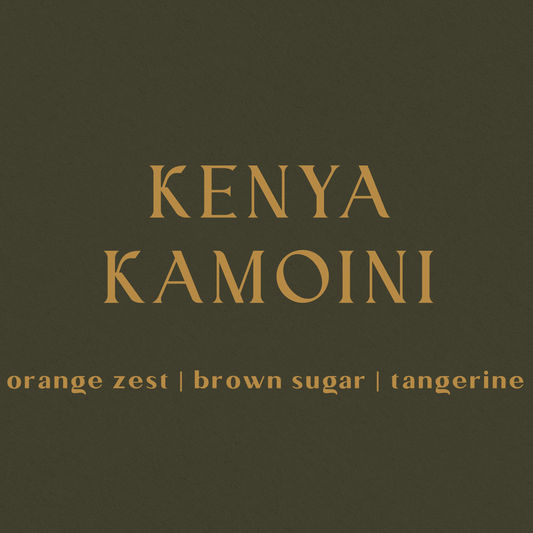 Sold out
Sold outKenya Kamoini
Regular price From $24.00 USDRegular priceUnit price / per -
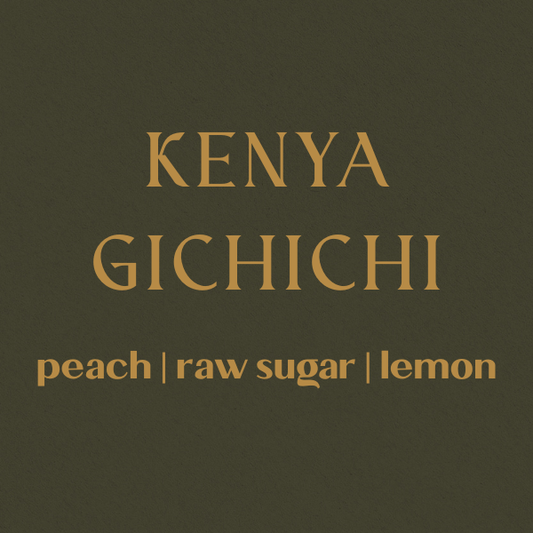 Sold out
Sold outKenya Nyeri Gichichi
Regular price From $20.00 USDRegular priceUnit price / per -
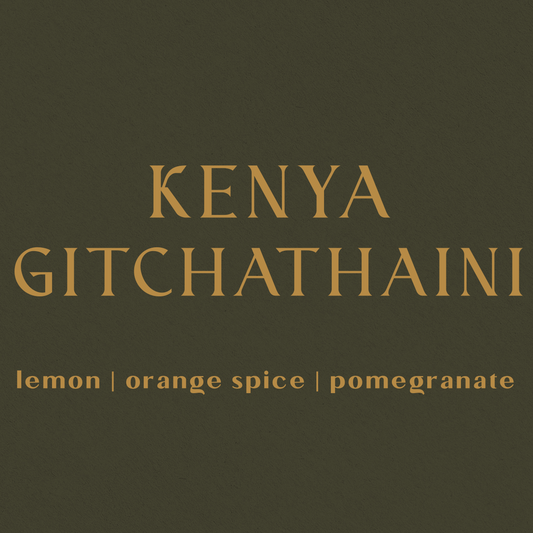 Sold out
Sold outKenya Gichathaini
Regular price $26.00 USDRegular priceUnit price / per -
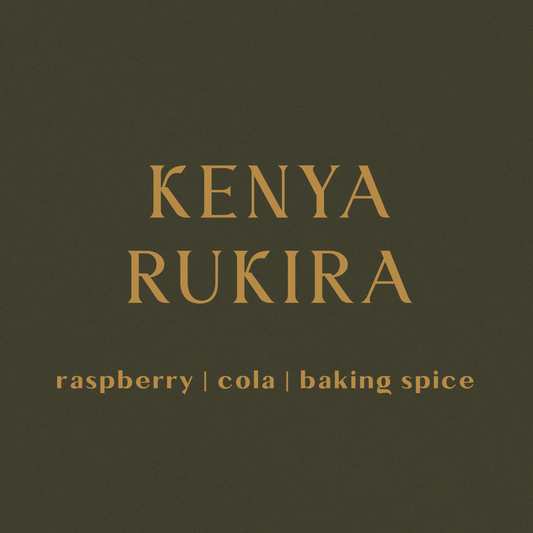 Sold out
Sold outKenya Rukira Peaberry
Regular price From $20.00 USDRegular priceUnit price / per




